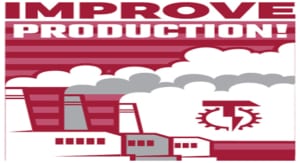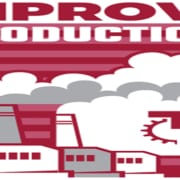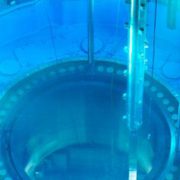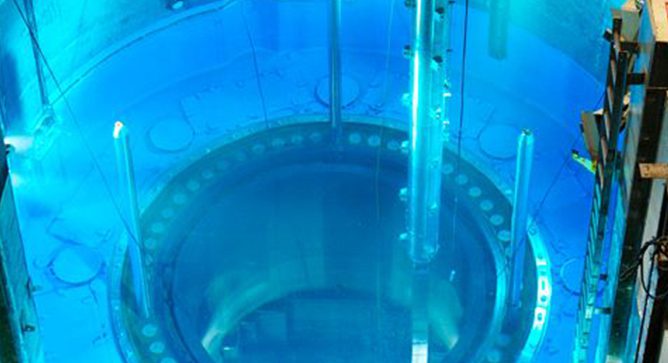News & Views, Volume 48 | Environmentally-Assisted Fatigue – Screening and Managing EAF Effects in Class 1 Reactor Coolant Components
By: Dave Gerber and Terry Herrmann
Environmentally-Assisted Fatigue (EAF) screening is used to systematically identify limiting locations for managing EAF effects on Class 1 reactor coolant pressure boundary components wetted by primary coolant. This article provides an overview of the methods developed and used by Structural Integrity (SI) for Class 1 components having explicit fatigue analyses performed using ANSI/ASME B31.7(1) and ASME Section III(2). A future article will discuss how this is performed for Class 1 piping designed and analyzed to ASME/ANSI B31.1(3).



 While the 2018 Spring outage season is mostly behind us, we all know a key element in being able to provide safe, reliable, clean and economic power to energy consumers is how successfully plant outages are accomplished.
While the 2018 Spring outage season is mostly behind us, we all know a key element in being able to provide safe, reliable, clean and economic power to energy consumers is how successfully plant outages are accomplished. 
 As all of us who work with nuclear energy know the US nuclear industry is engaged in a multi-year effort to generate power more efficiently, economically and safely. A key goal includes a significant reduction in operating expenses. This initiative is termed “Delivering the Nuclear Promise” (DNP) and is supported by nuclear utilities, vendors such as Structural Integrity, the Nuclear Energy Institute (NEI), Institute
As all of us who work with nuclear energy know the US nuclear industry is engaged in a multi-year effort to generate power more efficiently, economically and safely. A key goal includes a significant reduction in operating expenses. This initiative is termed “Delivering the Nuclear Promise” (DNP) and is supported by nuclear utilities, vendors such as Structural Integrity, the Nuclear Energy Institute (NEI), Institute 